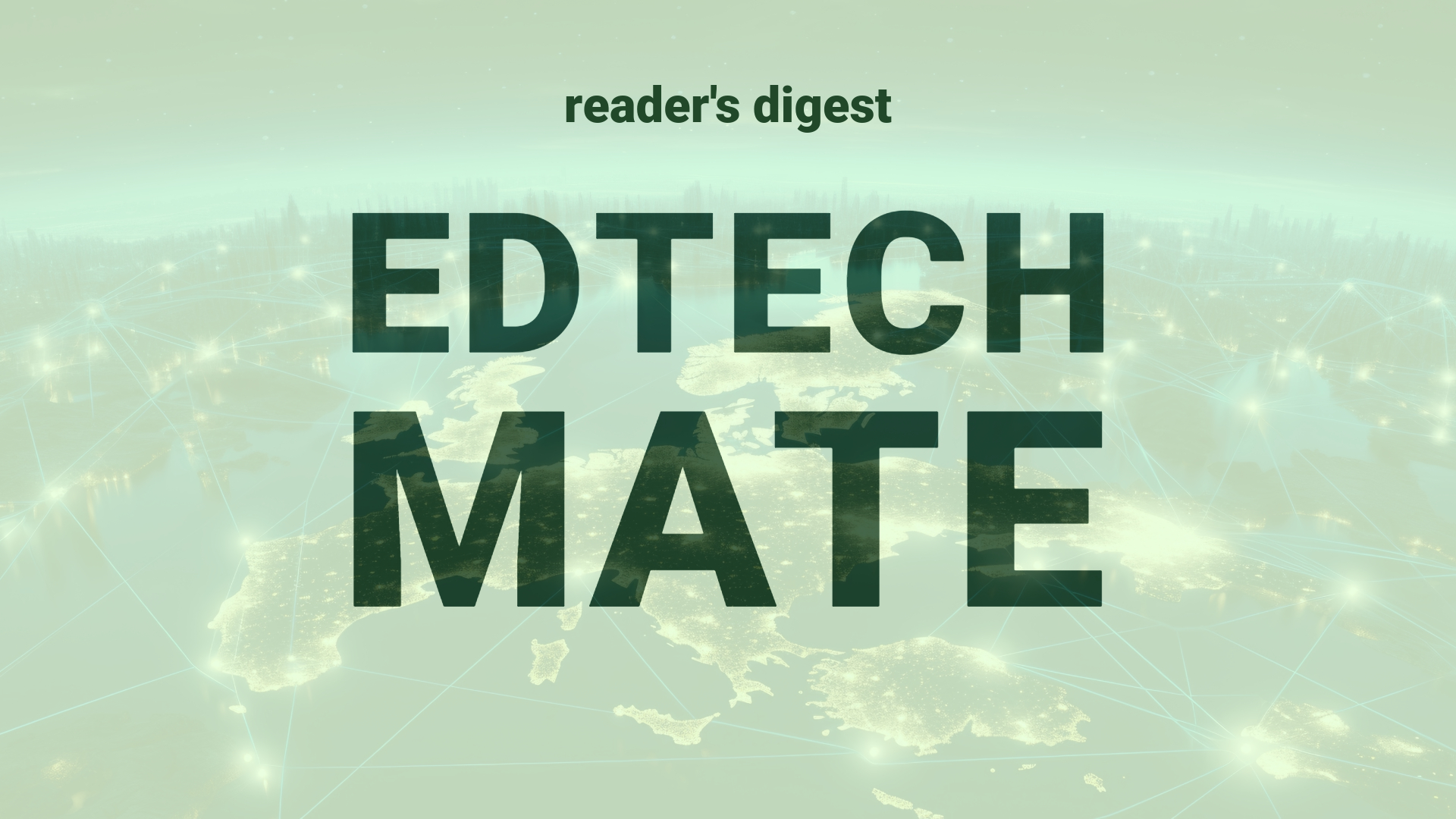Executive Summary and Main Points
The third annual Quantum Technology Monitor by McKinsey indicates a buoyant trajectory for quantum technology (QT), with the chemicals, life sciences, finance, and mobility sectors poised to receive a significant boon of up to $2 trillion in value by 2035. Despite a 27% decline in private funding for QT startups, public investment surged by over 50%, with a global tally of public funds reaching $42 billion. Established QT startups saw the majority of these investments, indicating a strategic move towards scaling mature ventures. Supplementing the financial landscape, advancements in quantum error correction technology and an uptick in QT-related academic programs underscore the sector’s robust expansion.
Potential Impact in the Education Sector
This surge in QT investment and knowledge production has implications for Further and Higher Education, as well as the burgeoning field of Micro-credentials. The rise in university programs and graduates in QT-related fields across the European Union augurs a new generation of highly skilled professionals, potentially fostering global innovation and strategic educational alliances. For Higher Education institutions, this represents an opportunity to pioneer novel research and curricula, thus staying at the technological vanguard. Concurrently, micro-credentials could offer flexible, targeted learning pathways to upskill the workforce in QT applications, meeting the strategic needs of a rapidly digitalizing realm.
Potential Applicability in the Education Sector
Innovative applications of AI and digital tools within the sector could revolutionize the global education systems. Quantum computing’s problem-solving prowess may lead to breakthroughs in personalized learning algorithms and education data analytics. Quantum sensing advancements can enhance scientific research capabilities while secure quantum communication could safeguard educational data. This technological ecosystem intertwined with AI can engender robust, adaptive, and secure educational infrastructures to foster global educational connectivity and collaboration.
Criticism and Potential Shortfalls
A critical view raises concerns over the ethical and cultural implications of quantum technologies and their uneven global distribution. International case studies suggest a potential gap between developed and developing nations in accessing and leveraging these advanced technologies. Furthermore, there is also the risk of overemphasis on technology potentially overshadowing pedagogical effectiveness or exacerbating digital divides. Such disparities could hinder the inclusivity and equitable access to QT-driven educational advancements, underscoring the need for global policy frameworks and ethical guidelines to mitigate these challenges.
Actionable Recommendations
Higher education leaders should strategically engage with QT advances by integrating related modules into existing curricula and exploring partnerships with industry pioneers. Institutions might also consider establishing QT research centers and creative think tanks to foster innovation. Invest in faculty development to ensure educators are well-versed in QT applications. Importantly, advocating for equitable access to quantum education will be crucial in constructing an inclusive future where every learner has the opportunity to thrive in a QT-augmented educational landscape.
Source article: https://www.mckinsey.com/capabilities/mckinsey-digital/our-insights/steady-progress-in-approaching-the-quantum-advantage

